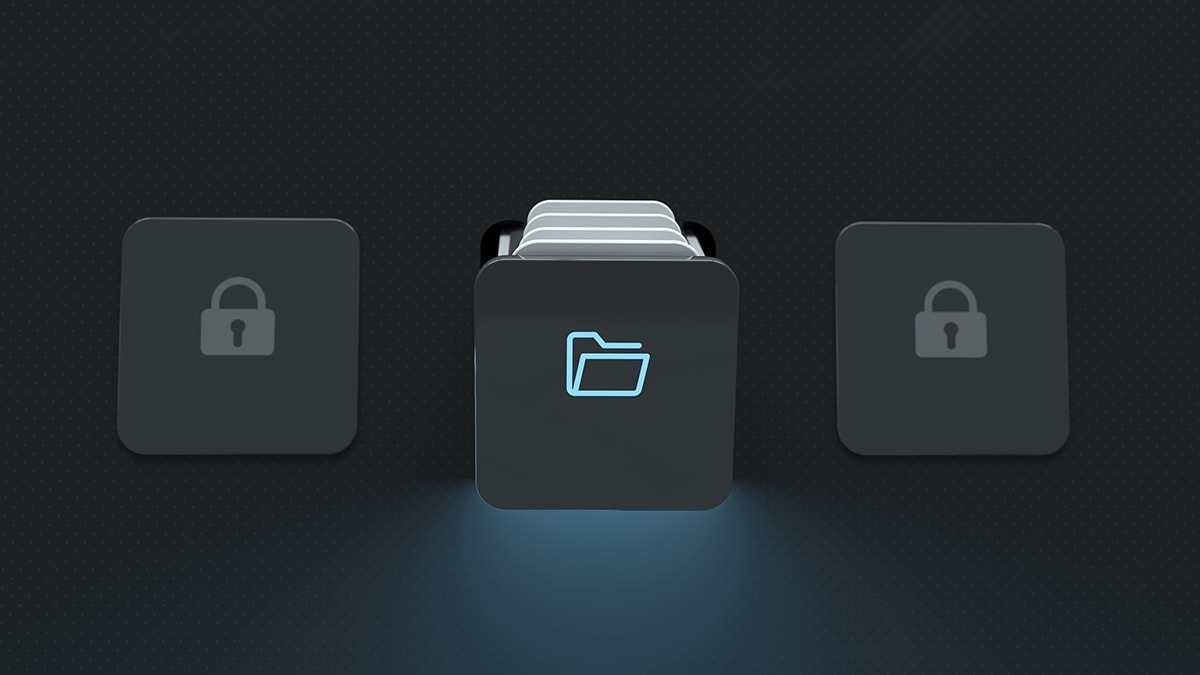What to know
- Explore guidelines for publishing information products using data from the National Center for Health Statistics (NCHS) Research Data Center (RDC).
- Discover the requirements and responsibilities of researchers who use data obtained through the RDC in their publications.

Overview for publishing
Researchers who use the National Center for Health Statistics (NCHS) Research Data Center (RDC) must send their nearly final draft information products to the RDC for review. Examples include:
- Journal articles
- Manuscripts
- White papers
- Slides
- Conference presentations
- Posters
- Other products
RDC requires this review before researchers submit the product for publication.
If researchers make substantial changes to output reporting in the tables or text, an additional review may be necessary. This includes subsequent versions of your information product if you make changes based on a revise and resubmit for a journal article.
Email your information product to your RDC analyst to start this process. Find more information about this at the end of this page.
When conducting these reviews, the RDC does not comment on scientific merit or impose any merit-based publishing guidelines.
Publication requirements
When writing your information product (see list above), please follow the RDC publication requirements.
- Adhere to any specific requirements in your approved application and any requirements in emails received from your RDC analyst regarding your material.
- Journals can ask that you include and make available data in your article. This is not appropriate for the data you used in the RDC. We recommend that you share your data dictionary and merge procedures outlined in the Data Requirements section of your approved application (Section E).
- When displaying output in your products, provide the data source. The data owner usually provides a data source citation in their data documentation.
- You must not reveal—or use any mechanism that could unintentionally reveal—confidential information that could identify:
- An individual or establishment.
- Geographic areas where respondents live or were sampled unless you specifically have permission to make estimates for those areas.
- Exact dates.
- An individual or establishment.
- Follow the RDC citation requirements (see below).
- Please ask the RDC analyst for help or clarification anytime you have a disclosure concern or other question.
Remember when publishing merged data
These requirements are related to publishing. Again, the RDC does not comment on scientific merit or impose any merit-based publishing guidelines.
Areas of disclosure concern
- If you intend to discuss something that you observed while in the RDC, but this information did not undergo disclosure review, share this information with your RDC analyst to assess if it poses a disclosure risk.
Geographic information
- Do not mention geographic information not available in the public files (e.g. specific states, countries), unless it was part of your approved proposal.
- Do not discuss the number of geographic units represented in your output without written permission.
- Do not present unweighted sample sizes related to lower levels of geography.
- Do not mention exact dates
- Do not mention coarsened dates (e.g. seasons, year), without written permission.
- Avoid presenting unweighted sample sizes related to temporal components.
- Do not reveal any information that could facilitate the identification of areas, dates or individuals who participated in NCHS surveys.
- Follow these same requirements when discussing the non-NCHS data merged with NCHS data.
- Discuss inclusion and exclusion criteria for sub-population analysis in a way that does not inadvertently identify small cells or extreme cases. This includes information on individual(s) or establishment(s). Review for:
- Fewer cases than those cell suppression criteria.
- Extreme cases or outliers identified during analysis.
- Unweighted counts that could be subtracted from totals to reveal a sample size less than those specified in the required cell suppression criteria.
Citation requirements
When describing the source of restricted-use data in your study—
- Specify that you accessed the data through the NCHS RDC
- Indicate why they these data were essential to your research study
Citation examples—
- We used geographic variables, including state, county, and tract, to merge Census variables that provided neighborhood contextual information. State, county, and tract are restricted-use variables. We accessed these data through the National Center for Health Statistics Research Data Center.
- To merge the patient and agency files, we needed the restricted facility identification variable. Because the analyses required restricted-use data, we accessed the data through the National Center for Health Statistics Research Data Center.
Prohibited statements
Do not include statements that indicate or imply NCHS endorsement of your work. Examples of prohibited statements include—
- The National Center for Health Statistics Research Data Center approved analyses of these data.
- The National Center for Health Statistics Research Data Center reviewed and approved our results.
Required disclaimer
You must include the disclaimer below in your publications and other products.
"The findings and conclusions in this paper are those of the author(s) and do not necessarily represent the views of the National Center for Health Statistics Research Data Center or the Centers for Disease Control and Prevention."
ERB approval statement
The NCHS Research Ethics Review Board (ERB) has approved collection and analysis of restricted NCHS data. Include the language below in your publications and other products, if required.
"Data collection for [fill in NCHS survey name] was approved by the National Center for Health Statistics Research Ethics Review Board. Analysis of de-identified data from the survey is exempt from the federal regulations for the protection of human research participants. Analysis of restricted data through the NCHS Research Data Center is also approved by the NCHS ERB."
